
 alk
about swimming upstream. alk
about swimming upstream.
While almost every person you
talk to these days speaks in
shorthand, here comes Calogi’s
Patrick Murray, and he’s
not mincing any words.
“Business is booming for
Calogi.
“We now have 13 agents
across Asia, South America,
North America, and Europe.
“Our
subscribing companies have increased
by 25 percent, our users by
17 percent, and our transactions
by 31 percent.
“A
survey of our customers showed
positive results, with the responses
about Calogi’s quality
and features coming back either
very good or excellent.
“To
build on this trend, we continue
to look for new business opportunities.
“In
order to build industry awareness,
we will run several Global Campaigns,
which highlight specific product
information and how our platform
helps air cargo supply chain
stakeholders move to an automated
environment.”

“During
Air Cargo Europe in Munich,
I participated on the panel
‘Getting the Message’
that asked ‘In an age
of rapidly evolving information
and communications technology
influencing supply-chains, business
models, and society, what is
air cargo doing to get with
the program?’”
“Frankly,
I believe we really need to
do more.
“For
example, the smartphone has
made a world of difference to
almost every other industry,
yet has had little impact to
the way the air cargo supply
chain conducts its business.
“The
emerging generation of consumers
have short attention spans and
expect to do business 24/7,
from wherever they are. Their
only interests will be the price
and when the consignee can expect
the goods.
“I
believe that in the not too
distant future this industry
will need a smartphone air cargo
portal to do business.
“Additionally,
we must examine our trading
model.
“Shipments
will need to travel without
the massive amounts of accompanying
data and documents that are
currently required.”

“A
few people I have spoken to
recently believe Calogi’s
features can only work in Dubai—which
is not true.
“Our
clearing house currently allows
660+ forwarders to conduct risk-free
business with over 100 airlines
in Dubai.
“Many
of these agents are small and
are not members of IATA.
“We
settle over US$10 million per
month in airline dues and give
the forwarder flexible credit
up to six months at an interest
rate lower then the bank.
“We
make money and the forwarder
has cash flow.
“This
type of arrangement has the
potential to work for the global
freight forwarding community
if the right organizations are
involved.”

“Our
newest solution, c-Road, allows
road feeder service (RFS) operators
to manage transportation of
both originating and in-transit
shipments electronically and
the online management of road
feeder services between airline,
handling agent, and RFS operator.
“c-Road
gives RFS operators complete
visibility of shipments allocated
to them through a standard interface
with the ground handling system.
“Operators
can publish schedules, manage
capacity and volume, produce
load plans, and send booking
lists to cargo terminal operators
with access to several management
information statistics.
“The
solution also provides operators
with comprehensive information
on volumes handled by customer
and origin or destination as
well as payments and discounts
offered by the handling company.
“With
several RFS operators offering
airport-to-airport services
throughout the region, we are
confident c-Road will be well
received.”

“For
express operators, we’ve
launched ‘printing @ terminal.’
“In
the past integrators have processed
courier shipments tendered to
commercial airlines using paper-based
processes.
“Airlines,
for example, were distributing
rate sheets to agents and cargo
terminals alike, the cargo terminals
were re-keying courier shipment
data, and invoices for GHA charges
were being raised manually;
this adds up to a considerable
amount of time and effort for
all parties.
“The
Calogi courier solution essentially
makes paper documents obsolete
and removes the need to rekey
the data. Furthermore when executing
the air waybill at the terminal
the document prints in the express
and mail manifesting department,
if required by the airline.
“With
Calogi, airlines have the ability
to turn this feature on or off
by route, in line with prevailing
documentation requirements at
the destination.”

“In
the last few months we implemented
a new version of the e-AWB,
enhancements to our booking
engine, and improvements to
the house waybill, c-Epro, solution.
“Our
‘right first time’
program involves very strict
measures in place that result
in quality products and code.
“Looking
ahead, Calogi is in development
for quite a few new modules,
but we’re keeping these
under wraps until they are ready
for launch.
“However,
it is no secret that we do want
to support the electronic consignment
security declaration and are
working with potential customers
to implement the same.
“By
sharing security data with the
GHA prior to arriving at the
terminal with the goods, checks
on the data can be done earlier
and the waiting time for the
forwarder can be greatly reduced.
“If
you put this together with automatic
handling terminal invoice printing,
terminal dock booking, and delivery
order printing by the forwarder,
it means considerable improvements
to productivity for the forwarder
and the handler.
“This
gives the customer what he wants—better
service and less waiting time.
Geoffrey/Flossie
|






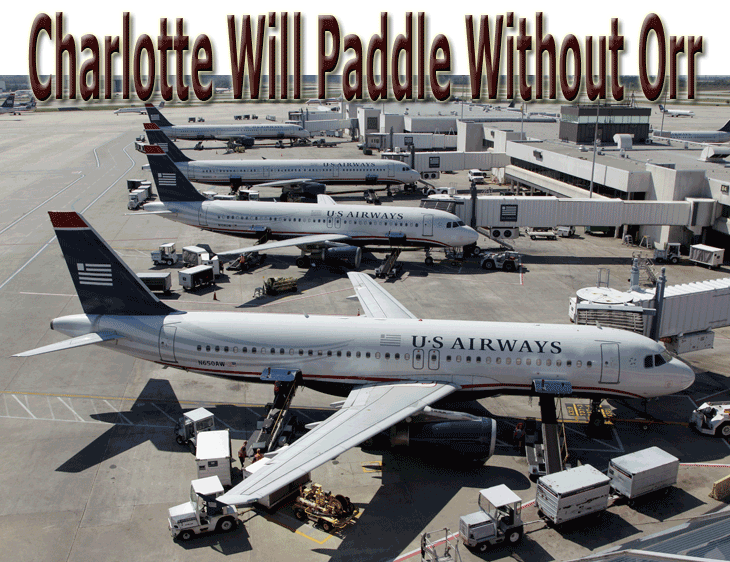

 n
terms of passenger boarding,
Charlotte is the 8th busiest
U.S. airport and the 2010 recipient
of the IATA Eagle Award. As
a US Airways hub it serves 26
international destinations and
boasts “ultra low”
boarding costs according to
Jerry Orr, (left) airport aviation
director since 1989. The airport
currently provides 14 international
gates; a new international terminal
featuring 25-plus gates, and
new parking facilities are under
construction.
n
terms of passenger boarding,
Charlotte is the 8th busiest
U.S. airport and the 2010 recipient
of the IATA Eagle Award. As
a US Airways hub it serves 26
international destinations and
boasts “ultra low”
boarding costs according to
Jerry Orr, (left) airport aviation
director since 1989. The airport
currently provides 14 international
gates; a new international terminal
featuring 25-plus gates, and
new parking facilities are under
construction. 
 alk
about swimming upstream.
alk
about swimming upstream.
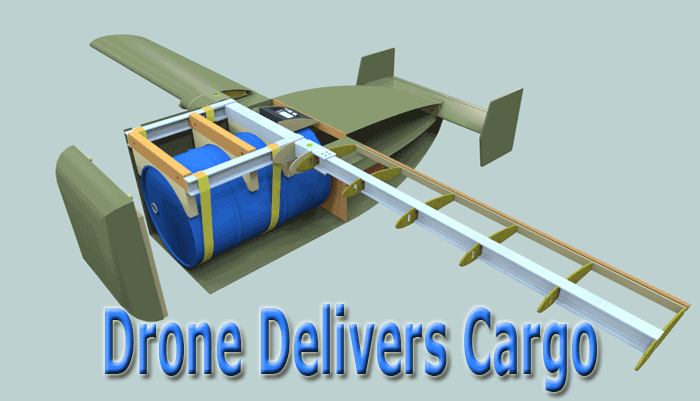
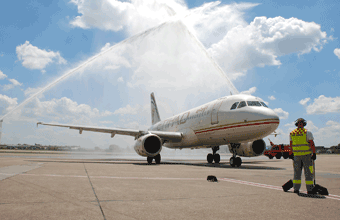
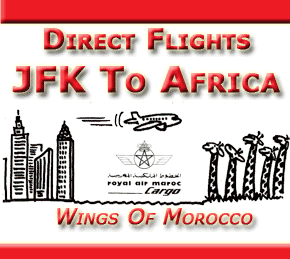
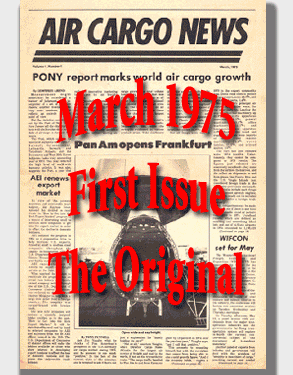
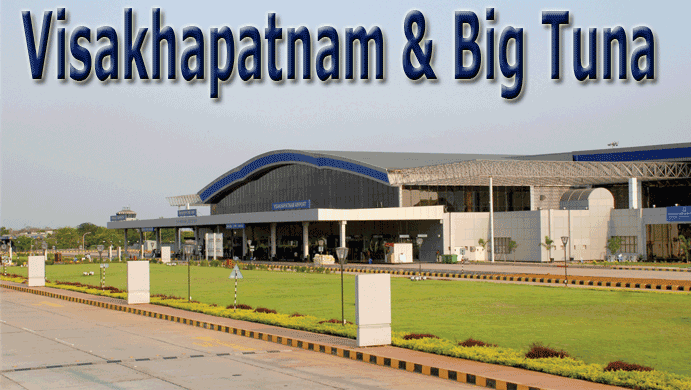
 he
skies are opening up—literally—and
the Indian port city of Vishakapatnam
(or Vizag as it is well known)
will be one of the biggest
beneficiaries. The opening
of the skies follows a landmark
decision recently taken by
the military and civil authorities,
which decided to implement
the Flexible Use of Airspace
(FUA). At the moment, the
military controls close to
two-thirds of the air space,
with the rest free for civil
operations. But as aviation
has grown, there has been
plenty of give-and-take, albeit
with some reluctance on the
part of the military authorities.
This
institutional arrangement
is a real step forward to
free airspace for comprehensive
use by all parties concerned.
he
skies are opening up—literally—and
the Indian port city of Vishakapatnam
(or Vizag as it is well known)
will be one of the biggest
beneficiaries. The opening
of the skies follows a landmark
decision recently taken by
the military and civil authorities,
which decided to implement
the Flexible Use of Airspace
(FUA). At the moment, the
military controls close to
two-thirds of the air space,
with the rest free for civil
operations. But as aviation
has grown, there has been
plenty of give-and-take, albeit
with some reluctance on the
part of the military authorities.
This
institutional arrangement
is a real step forward to
free airspace for comprehensive
use by all parties concerned. In
fact, the local branch of
the Association of Indian
Fishery Industries (AIFI)
has chalked out plans to send
out tuna to Singapore and
Japan in the next season.
According to the association,
if tuna could reach international
destination by the fifth or
sixth day after its catch,
it would be of good quality.
For that, however, the airport
authorities have geared up
to complete the integrated
cargo handling complex in
time for the tuna peak season.
In the meantime, some temporary
measures have been taken to
handle export cargo from the
airport.
In
fact, the local branch of
the Association of Indian
Fishery Industries (AIFI)
has chalked out plans to send
out tuna to Singapore and
Japan in the next season.
According to the association,
if tuna could reach international
destination by the fifth or
sixth day after its catch,
it would be of good quality.
For that, however, the airport
authorities have geared up
to complete the integrated
cargo handling complex in
time for the tuna peak season.
In the meantime, some temporary
measures have been taken to
handle export cargo from the
airport. Dear
Geoffrey,
Dear
Geoffrey,

